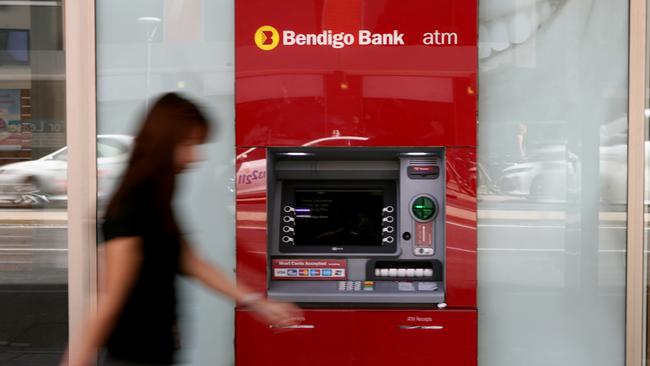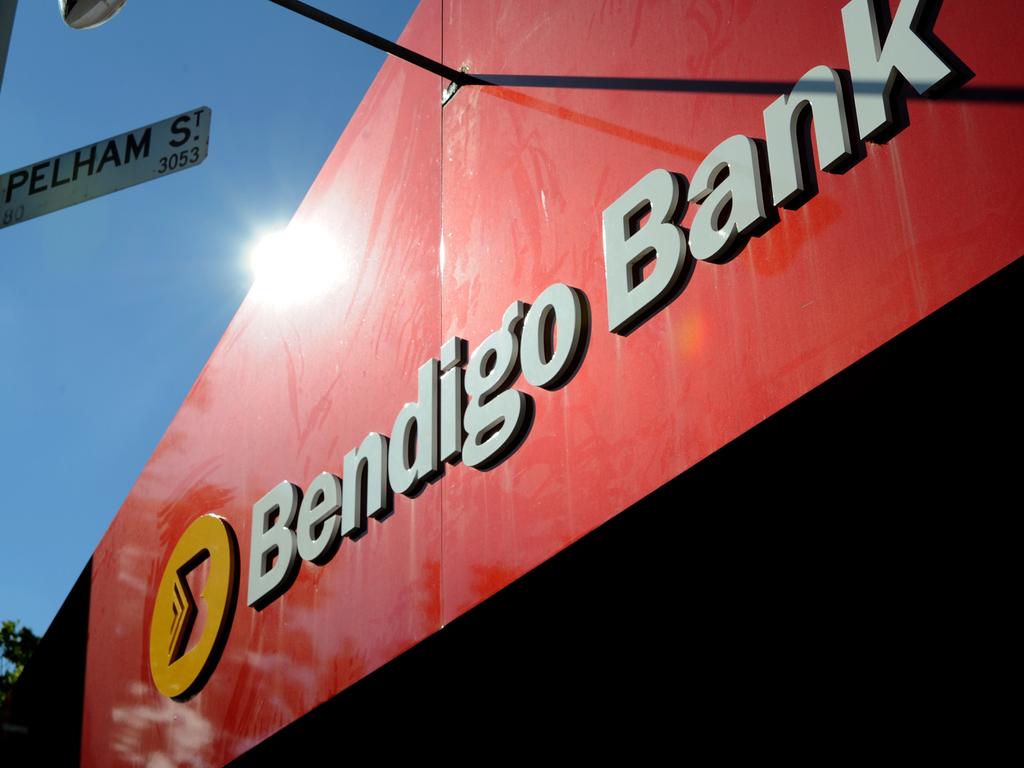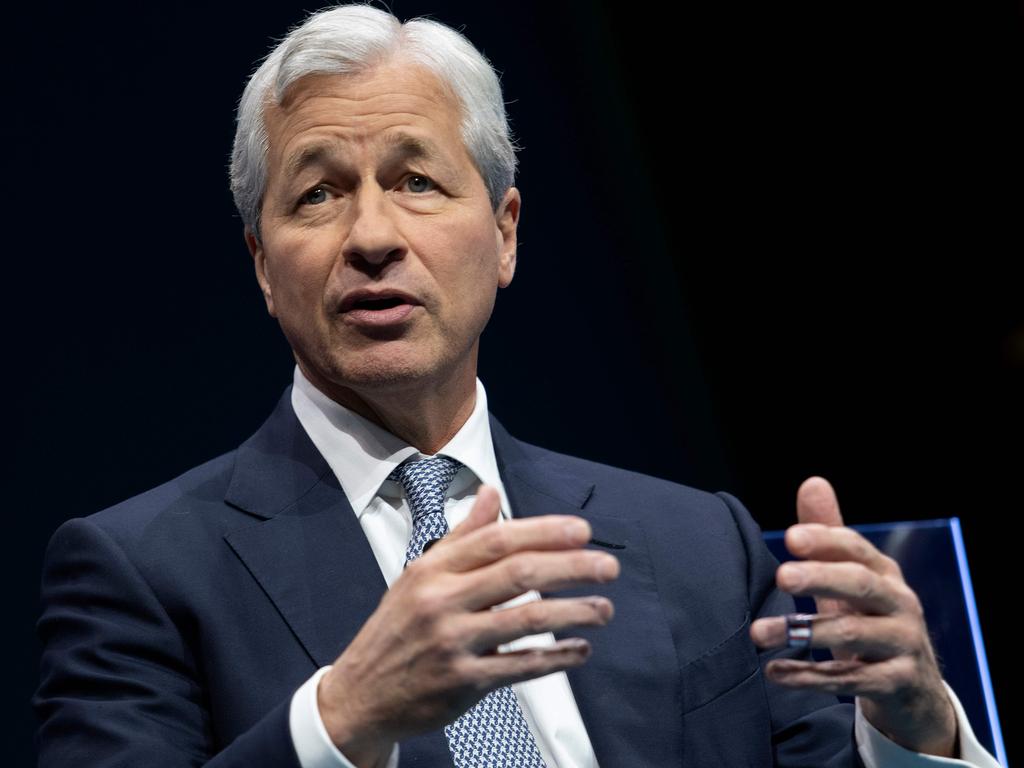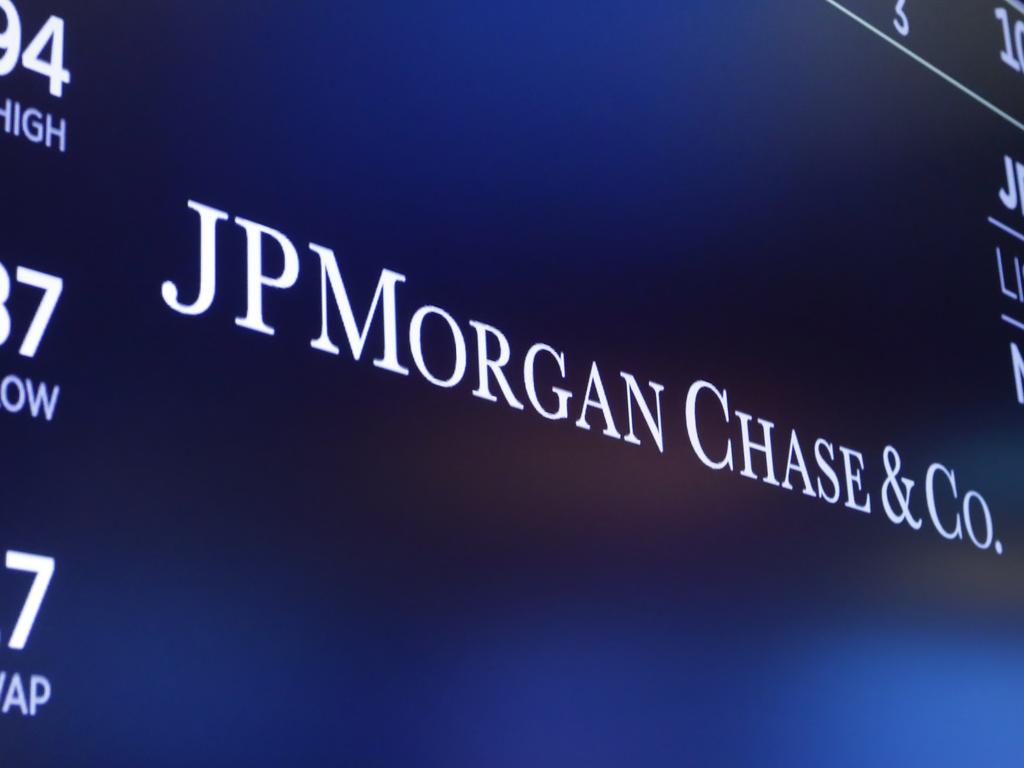Bendigo and Adelaide Bank withdraws outlook due to coronavirus
Bendigo and Adelaide Bank has walked away from expectations for ‘steady recovery’ in the housing market.

Bendigo and Adelaide Bank has withdrawn expectations for a “steady recovery” in the housing market and its second-half outlook due to COVID-19 economic uncertainty, but stressed its balance sheet remains strong.
In a statement to the ASX on Thursday, the bank said the pandemic made it too difficult to make accurate statements on the financial outlook for the six months to June 30. It joins regional rival Bank of Queensland in dropping its guidance due to COVID-19.
When Bendigo handed down its interim profit results in February it anticipated a “a steady recovery” in the housing market, employment growth at 2.1 per cent and that the official cash rate would remain below 1 per cent.
The Reserve Bank in March cut rates a further two times to a new record low of 0.25 per cent.
Bendigo had also expected its mortgage growth to exceed the industry’s rates, its small business portfolio to maintain its growth and for its commercial real estate unit to expand. The bank said in February that despite the impact of bushfires and drought leading to an increase in bad and doubtful debts, it expected to remain within a long-term average of 11 bps for its portfolio.
That view has now be superseded given the wide-scale shutdowns of businesses across the economy.
In Thursday’s statement the bank’s chief executive Marnie Baker said she considered it “prudent” to withdraw guidance comments, given increased difficulty in assessing how COVID-19’s impact would play out, including in loan losses.
“We will continue to collaborate closely with the wider banking industry, government, regulators and the health authorities to help manage this unprecedented situation and to protect our customers, shareholders, communities and staff,” she added.
CLSA analysts expect the bank’s bad and doubtful loans to rise to 23 bps of gross loans in the six months ended June 30, from 7 bps in the prior six months. They estimate bad and doubtful loans will peak in 2021 at 28 bps.
Opal Capital Management portfolio manager Omkar Joshi said it was a “sensible step” for Bendigo to withdraw is guidance, given the challenges confronting the sector.
“Bad debts are going to be a problem, no one knows how bad it is going to get,” he added of the industry’s woes.
“Short term (as loan repayment deferrals happen) things might look OK, but there is a large risk to future earnings.”
Bendigo’s shares tumbled 4.7 per cent to $5.90 on Thursday, outweighing a 0.9 per cent fall in the benchmark S&P/ASX200 Index.
Westpac this week warned of a $1.43bn hit to interim profit, largely due to an estimated financial crimes penalty , but said it would outline another charge to earnings for expected loan losses before its results in early May.
Bendigo’s common equity tier one ratio stands at a proforma 9.8 per cent after the bank completed a capital raising for institutional and retail shareholders in March, which brought in almost $300m.
The bank’s first-half profit dipped 2 per cent to $215.4m for the six months ended December 31. The interim dividend was cut to 31c from 35c in the prior six months.
In February, Bendigo had also pointed to a 2-3 per cent increase in operating expenses in its second half, but said its cost-to-income ratio would decline toward 50 per cent in the medium term.








To join the conversation, please log in. Don't have an account? Register
Join the conversation, you are commenting as Logout